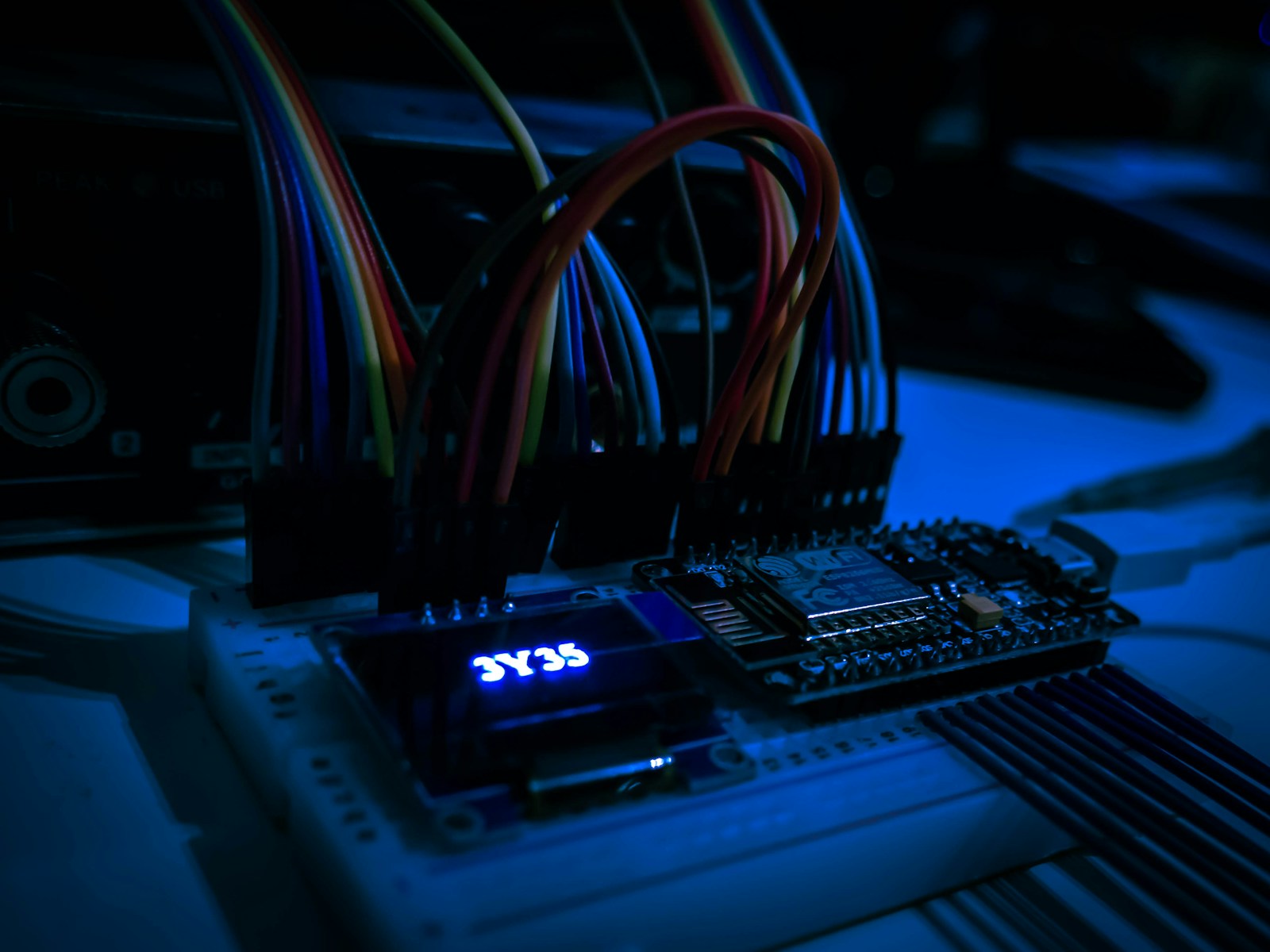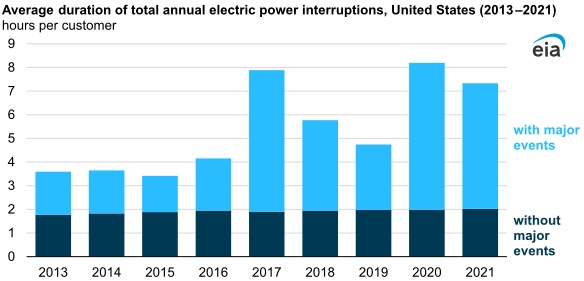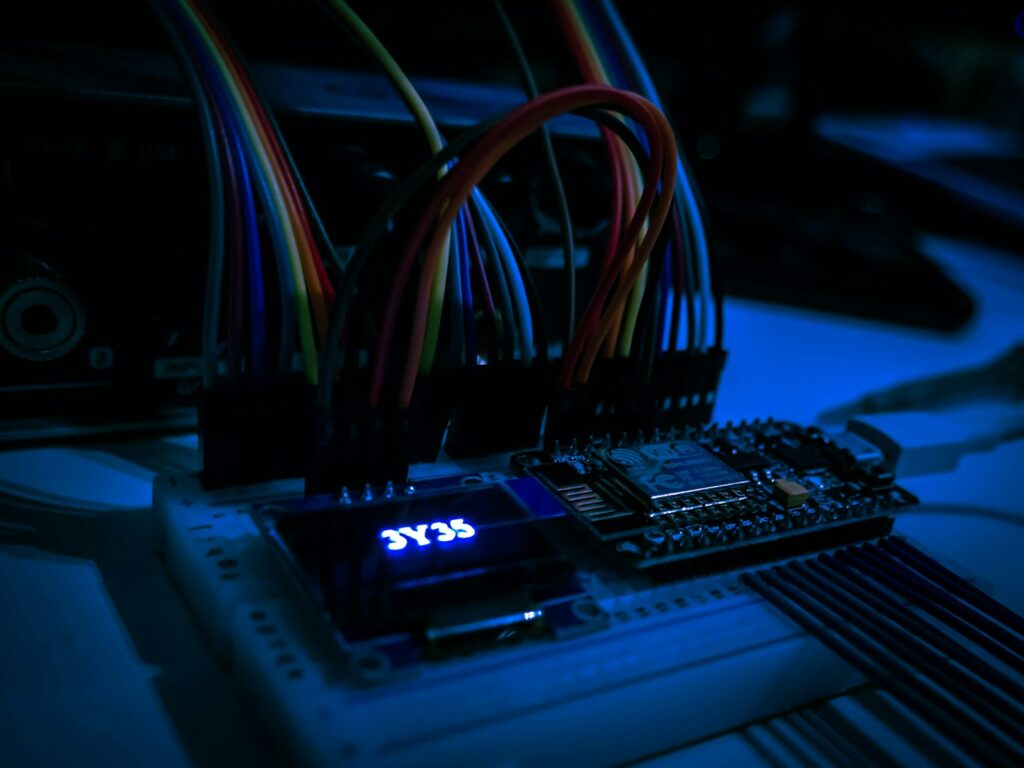
Sources of Power Outages: Nature or Man
By
Branko Terzic
“With Blackouts More Common, Backup Power Is a New Class Divide: Generators and batteries are out of reach for many even as extreme weather causes an increasing number of power failures.”
New York Times headline May 12, 2023
This article reported that there were 986 weather related power failures in 2021, twice as many as 2000. It also reported that the average US electric utility lost power for 8 hours in 2021, twice as long as 2013 according to EIA data.
“Outages are becoming so common that generators and other backup power devices are seen by some as essential.”
The need for residential customers to have their own standby electric generation is a 21st Century development that, in my opinion, reflects a failure in electric utility management and regulation. I grew up in Wisconsin with frequent winter-storms. Electric service was rarely interrupted. Why was Grampa able to keep the lights on when we cannot?
Here is the EIA chart on the agency's current web site.

According to the site:
“On average, U.S. electricity customers experienced just over seven hours of electric power interruptions in 2021, almost an hour less than in 2020. When major events—including snowstorms, hurricanes, and wildfires—are excluded, the average duration of interruptions annually remained consistently at around two hours per year from 2013 to 2021.”
However, the EIA also stated that:
A number of factors cause power interruptions, including weather, interference from vegetation near power lines, and utility practices. EIA
In my experience power outages have been either widespread or local. Let's look at some of the most common causes of each.
Widespread Power Outages
Storms
Hurricanes are the largest and most power storms. According to NOOAA “… it is premature to conclude with high confidence that human-caused increases in greenhouse gases have caused a change in past Atlantic basin hurricane activity that is outside the range of natural variability,”
My own experience is that snowstorms have decreased. The EPA web site says, “Total snowfall has decreased in many parts of the country since widespread observations became available in 1930, with 57 percent of stations showing a decline.”
Earthquakes
A rare occurrence.
High power demand
This should be labeled “higher demand than available dispatchable capacity.” It would come under the EIA’s causes an “utility (and regulatory) practices” by which I mean the level of allowed or requires reserve capacity. Multiple studies over the decades have demonstrated that it is cheaper for the economy to carry excess reserve capacity than to endure outages. Reserves in the US during the 1980’s were in the 30% range and society grew into that reserve gracefully.
Vegetation Management
The “Northeast blackout of 2003” proximate cause was a software “bug” in the alarm system at the control room of First Energy (Ohio) which rendered operators unaware of the need to redistribute load after overloaded transmission lines drooped into foliage. Since then, “vegetation management” and related expenditures have been scrutinized regularly by regulators.
Terrorist/Cyber attack
Initially I did not include this but considering the shut-down of the Colonial Pipeline in 2021 due to a ransomware attack, I reconsidered. I also refer you to recent testimony before the House Select Committee on the Chinese Party on January 31, 2024 where FBI Director Christopher Wray informed Committee members that US infrastructure assets (including IT, IT, OT, and cyber physical systems) of electric grid, water treatment, healthcare, pipeline, transportation and logistics, telecommunications, and other critical infrastructure operations, have already been compromised by state sponsored or sanctioned threat actors including China, Iran, North Korea and Russia.
In 2019 WIRED magazine reported “There was no blackout, and it's not even clear that it was a specifically targeted attack. But hackers did use firewall vulnerabilities to cause periodic "blind spots" for grid operators in the western US for about 10 hours on March 5 [2019]. It's the first known time a cyberattack has caused that kind of disruption—which, again, did not affect the actual flow of electricity—at a US power grid company.”
Local power outages
Animals
“It has been hypothesized that the threat to the internet, infrastructure and services posed by squirrels may exceed that posed by cyber-attacks.”
‘Electrical disruptions caused by squirrels are common and widespread. Between May 27th, 2013, and August 31, 2013, at least 50 power outages caused by squirrels (POCBS) were recorded in 24 U.S. states’ REF: Wikipedia
This has been among the most frequent causes of outages on the local level. Utilities are generally able to make repairs quickly with spare parts handy.
Trees
It is a given that people do not like having the neighborhood trees trimmed back to clear overhead power lines. When I moved to Farmington Connecticut, I noticed that the trees were growing into the power lines. When asked about it the late CEO of Connecticut Power & Light told me that if he sent a crew to trim the trees, the town mayor would have the local police arrest the entire crew.
While citizens do not like the aesthetics of trimmed trees it is important for civic leaders, elected and community, to support the necessity for tree trimming or in the alternative to support the necessary high rate increases for taking the distribution grid underground.
Vehicles
While I was serving as a FERC Commissioner, I was the guest speaker at a conference in upstate New York when the lights in the resort went out. The local utility CEO quickly informed us, and me in particular, that the cause was a truck crash into a nearby pole. I never bothered to verify that.
Local demand
This is one where a local customer’s demand exceeds the capacity of the pole mounted transformer causing it to “pop”. I experienced this in Connecticut where my local power transformer would blow once a year or so. I was CEO of the local gas company, not the electric company so I went out to talk to the electric field crew. One of the electricians said, “It must be someone around here with an arc welder or some other high power draw device.” Immediately I remembered that the house I had purchased had come with an electric sauna and that on occasion my young kids would go in and turn it on. I think that was the “arc welder.”!
This cause of outages may come up more often in the future if both you and your immediate neighbors buy Teslas without informing the local utility. The combined simultaneous load could blow the residential transformer. A 1930’s era provision in many residential tariffs specifies that any customer contemplating adding a “10 horsepower” (7.46 kW) or more electric device must contact the electric utility to insure there is adequate capacity in the local distribution grid.
A single Tesla will draw 7.6 kW on a 240 V outlet so most drivers living in places with a similar tariff will need to contact their utility. For comparison, a public fast charge of 50 kW will charge a Tesla in 60 minutes.
That is my list. You may have another opinion. Here is how I think the “nature or man” question is answered.

The Honorable Branko Terzic is a former Commissioner on the U.S. Federal Energy Regulatory Commission and State of Wisconsin Public Service Commission, in addition to energy industry experience was a US Army Reserve Foreign Area Officer ( FAO) for Eastern Europe (1979-1990). He hold a BS Engineering and honorary Doctor of Sciences in Engineering (h.c.) both from the University of Wisconsin- Milwaukee.
#BrankoTerzic #energy #regulations #experience #research #future #opportunity #strategy #management #people #electricity #power #utilities #renewables #RenewableEnergy #energysector #solar #electronics #solarenergy #cleanenergy #technology #construction #solarpower #electricalhacks #solarpanels #electricianproblems #electricalengineer #greenenergy

